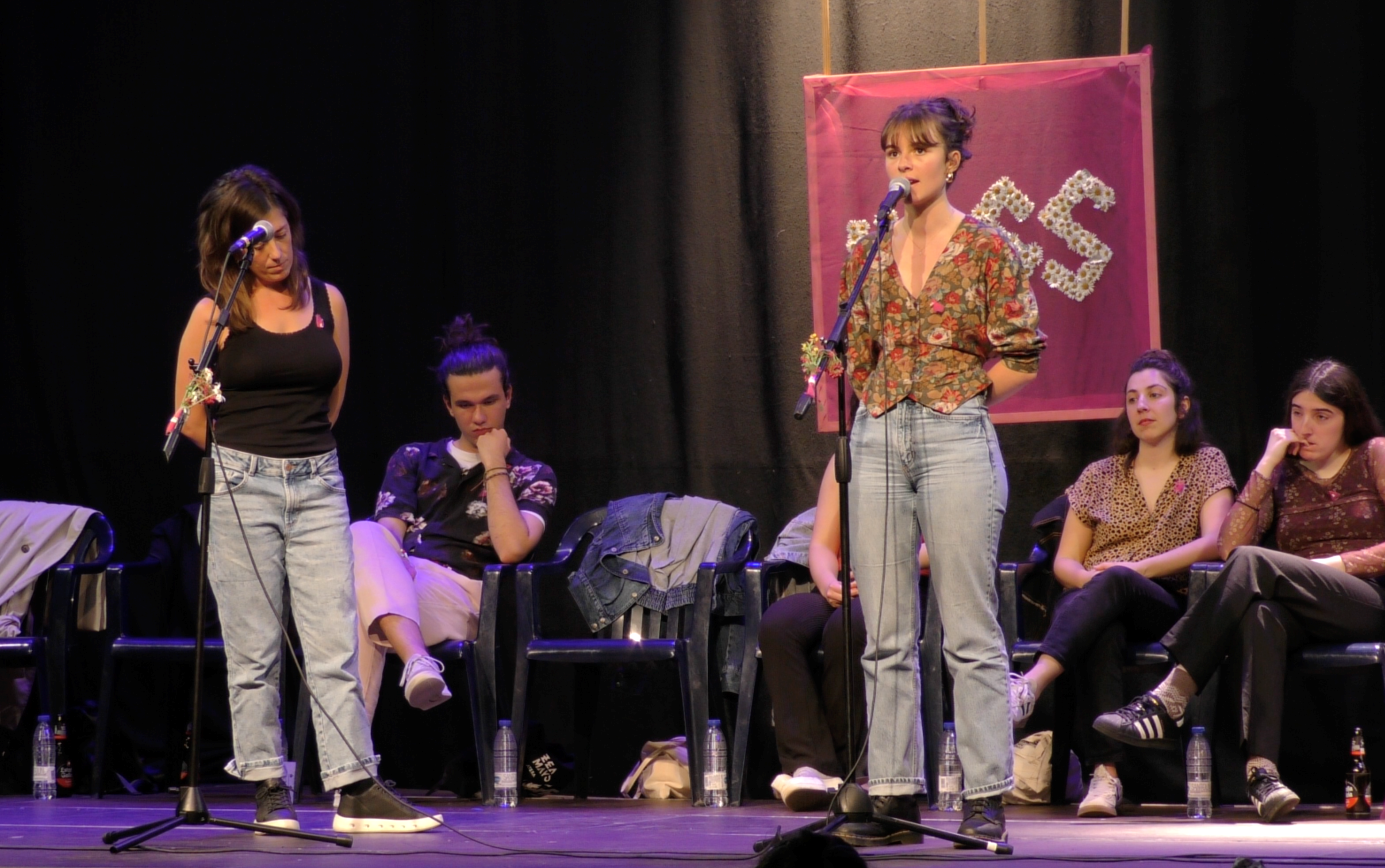Women who didn’t have a choice will perform the Legazpiin sword dance
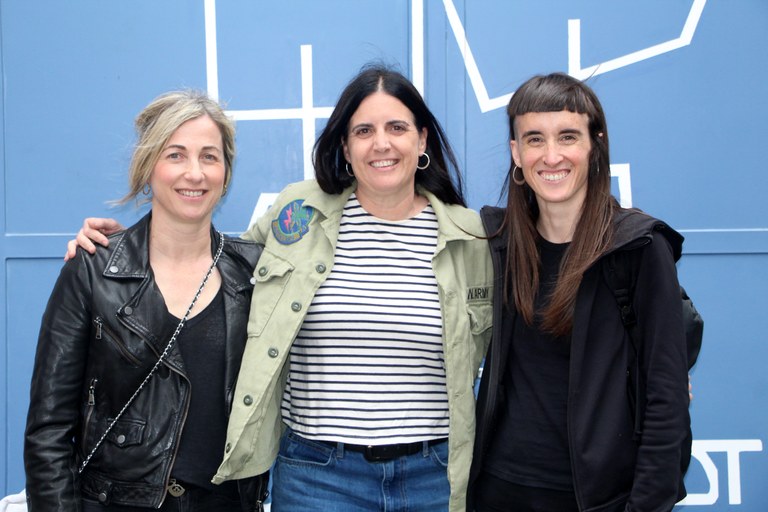
“We rehearsed, we showed it to the boys, we were there when they needed help for the grill, but then we never danced in the square or even crossed our mind.” Oihane Auzmendi Iturbe (Legazpiia, 1977) is a dancer of the dance group Roots, but for years he did not have the opportunity to participate in the sword dance of Santikutz. The progress of the change that was coming was the year of 2011. Auzmendi performed there, but there was no continuity of that year, and in the years that followed only men danced swords. In 2015 the real change came, and since then boys and girls dance together without distinction of gender.
This year, the invitation is extended to those who have never been part of the group on the occasion of the 50th anniversary of the group, but who did not have the opportunity to dance with the sword; Izaro Mujika Badiola (Legazpiia, 1988) and Leire Makibar Azpiria (Legazpiia, 1977) have given their approval without thinking twice, with great enthusiasm and enthusiasm. They have left the dance group for years, but this year they will return to the square; on the great feast day of the town and the most beloved dance.
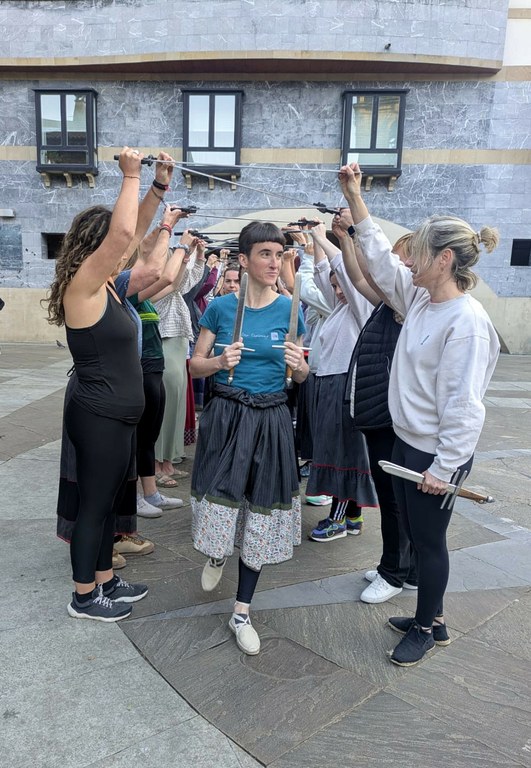
Why don't you guys do it?
“Sword dancing has always been the most important dance in the group, but there was a time when only boys danced and girls didn’t even think about dancing at all,” Auzmendi begins with explanations. She says that women studied and taught dance, but it was to fill in the gaps and help the boys; she says that many of them were taught by themselves. Although they were women who knew how to dance in the group, for the big day they would be joining boys who did not belong to the group: family, friends, those who came to the courses...
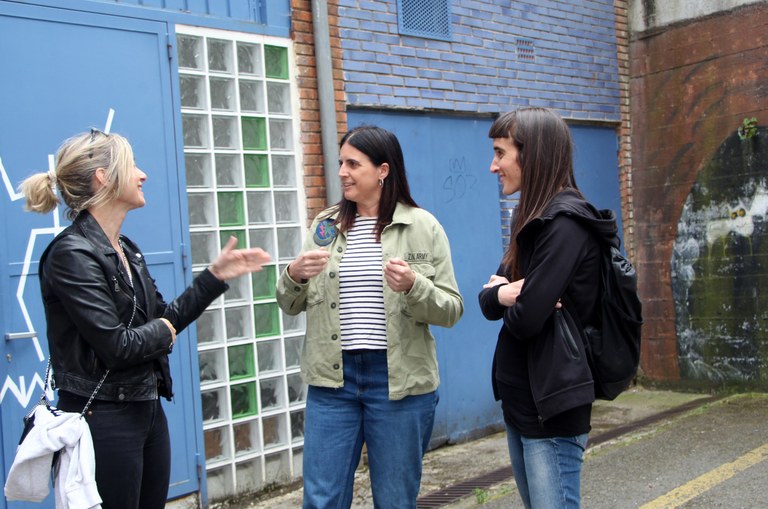
In view of this situation, he says that he encouraged his teammates Jon Torreonsoro (Legazpi, 1967) to dance: “Why don’t you guys do it?” Auzmendi says that in 2011 these changes were still green, “so we launched it, but we didn’t do it as our revindication, but driven by Dorron.” The first response to his proposal: “How do we do it?” He says he gradually changed his attitude, “and why not?” Now he realizes that the change cost him, “Now I think about why we took so long. What we’ve always done was very important to me.”
Once the step was taken, the year 2011 was used to show that there were a lot of girls in the group and that they could also do the sword dance, “in addition, in the case of the girls, we had no problem forming the group. It was a visual shock, because we did it not with the sword dancer clothes, but with the girls’ clothes.” On the other hand, they also saw it as a reward: “We came to all the rehearsals, to the meetings, to organize things, to prepare clothes... but we couldn’t participate in the sword dance.”

In the following years the boys did it again, and in 2015 the boys and girls formed the group together, “the context required it, in 2015 we knew that the Zumarragones were also going to launch the mixed group and I think that helped too, so the boys and girls together and we all did it with the sword dance”.

Mujika believes that now a point of justice has been made, “In the case of Roots and many other groups I think in a similar way, most of the time it has been women who have supported the group. If the girls weren’t there, the teams wouldn’t move forward.” If it is an image of the 1950 Legazpi sword dance in which women dance, then it is also likely that only boys can not form the group.
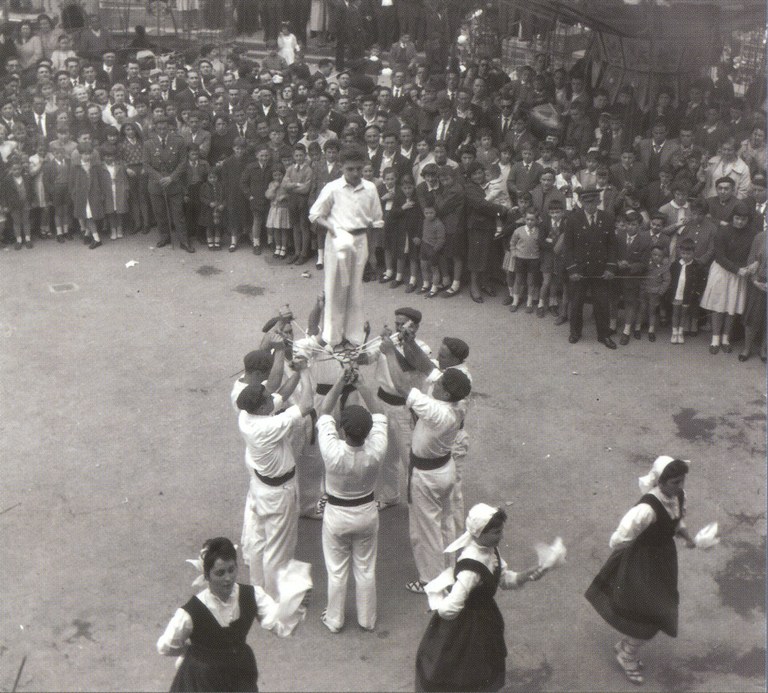
Since 2015 all the members of the group have been performing together and this year, they have given the opportunity to those who did not dance at the time, “to give the people who have been part of the dance group that we proposed, but who have never participated in the sword dance, the opportunity to dance. And these are the women, because all the boys have been able to do it,” adds Auzmendi.
Women dancing with swords
“When I was on the dance team, I had no choice. I didn't even study. I have always lived from the outside and with a point of envy. Why can't we do it? It’s a popular day and dance, it’s always been very special for me, but I can never do it.” Mujika says that now that they have been given the opportunity, she has been very excited: “in the end we will be able to do the favorite dance of the village, on the day of Santikutz... I did not doubt it even for half a second! Now I don't live in Legazpi, but I've packed my bags and come for all the holidays with the child, with the greatest illusion in the world! Ha, ha, ha!”
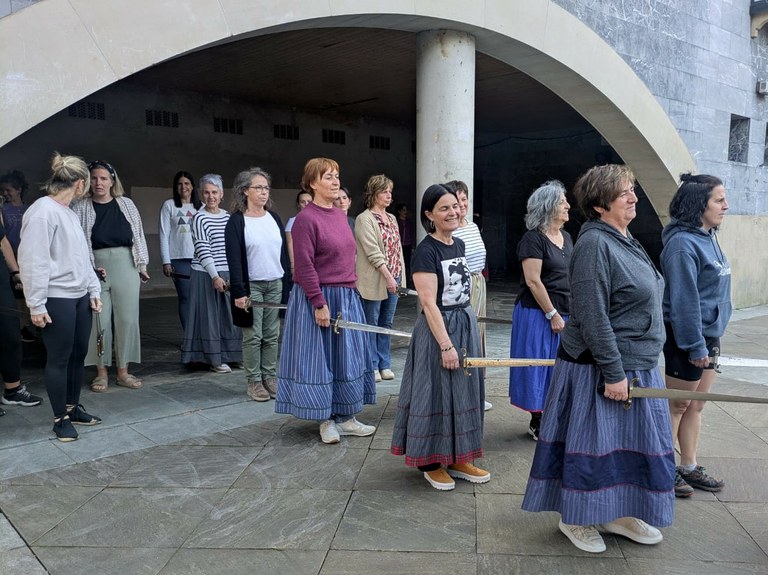
The youngest ones are around 20 years old, the current dancers, and the next ones are between 36 and 65 years old. Makibar says it’s especially exciting for seniors: “They are the ones who participated in the creation of the group. It’s emotionally great not to dance swords at that age, but to dance to the square. See that you are fit, that you are physically fit...”
The decline of the boys
As we’ve seen in a number of places lately, Legazpiin is also letting the boys dance. “When Dorron asked us to perform a sword dance in 2011, I had serious doubts. It was hard for me to say yes, I was also afraid of losing the boys, but then I thought if they have to leave, let them.”
At the moment there are three boys and 30 girls in the group. He says that 3-4 others on specific days and to help in anything are always available, but they have disappeared in the day-to-day running. Mujika observes that the same thing happens in children, “I think, in the case of Legazpi, the disappearance did not begin when the women began to participate in the sword dance, it came before the decline. We have very defined gender roles and the tastes of each one and it seems that the dance of the day is not a thing for boys.”
Azaroan estreinatu zuen bere lehenengo lana Nagore Tamayo dantzariak (Tolosa, 2000): Nondik abiatu inora izena du, eta Natalia Belén dantzariarekin batera gorpuztu du. Bere herrian egin dugu hitzordua, Zumardi Handian.
Festa egiteko musika eta kontzertu eskaintza ez ezik, erakusketak, hitzaldiak, zine eta antzerki ikuskizunak eta zientoka ekintza kultural antolatu dituzte eragile ugarik Martxoaren 8aren bueltarako. Artikulu honetan, bilduma moduan, zokorrak gisa miatuko ditugu Euskal Herriko... [+]
The idea that we in the dance world often repeat is that dance is ephemeral. The Elhuyar dictionary gives as a counterpart to "ephemeral" English: ephemeral, destructive, perishable, ephemeral, ephemeral, perishable, perishable, ilaun. I don't remember who I first read that idea... [+]
Moor Krad
By: Ertza company.
When: 3 October.
Where: In the Muxikebarri room of Getxo.
---------------------------------------------
Two years later I met the work Moor Krad, in which members of the company Ertza created and premiered the piece. So in 2022, I tried to... [+]











